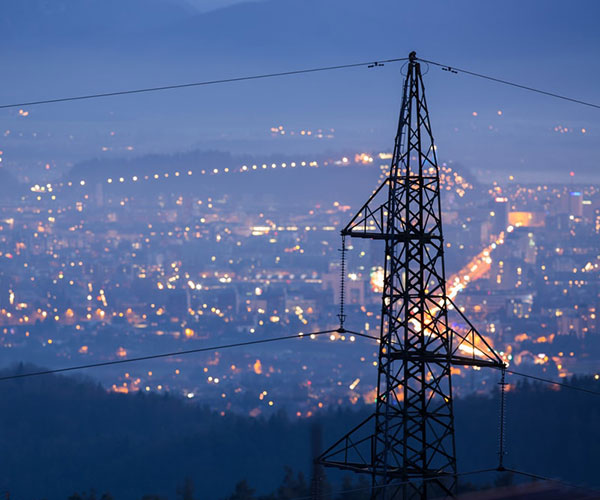Almost at the same time as the IPCC publishes its special report on 1.5C, the International Energy Agency (IEA) has published its latest annual report on the growth of renewable energy.
The IPCC reports that carbon emissions from the energy sector are on track to grow for the second year running, in a major blow to hopes the world might have turned the corner on tackling climate change.
Preliminary analysis by the world’s energy watchdog shows the industry’s emissions have continued to rise in 2018, suggesting that an increase last year was not a one-off.
On the other hand, a new report by the IEA predicts that renewables will grow rapidly in the next five years.
Wind, solar and other renewable sources are expected to grow their share of global electricity generation from 25 percent in 2017 to 30 percent by 2023.
The IEA would not say exactly how much emissions were up this year, as it will not publish official figures until March 2019, but confirmed they had definitely risen to a historic high so far.
The Guardian focused on the IEA’s preliminary data for 2018 showing that “carbon emissions from the energy sector are on track to grow for the second year running, in a major blow to hopes the world might have turned the corner on tackling climate change”.
Writing in the Guardian, Lord Stern, who authored a major report on the economics of climate change a decade ago, says: “The IPCC report is clear that we may not be able to limit warming to 1.5C without the need later in the century to remove carbon dioxide from the atmosphere. Although we can do this by expanding forests and other vegetation, we must also explore other options, including the development of carbon capture and storage.”
The Guardian also has an op-ed by Ottmar Edenhofer and Johan Rockström who say the world must “charge €30 a tonne for CO2 to avoid catastrophic 4C warming”.
Also in the Guardian, Graham Readfearn says “ignoring” climate feedback effects could see “Earth’s climate monsters” unleashed.
Labour’s Barry Gardiner writes in the Independent that “Britain has the skills and resources to lead the world in reducing emissions – but the government is standing in the way”.
In the New York Times, Brad Plumer and Nadja Popovich explain “why half a degree of global warming is a big deal”.
The Daily Mail carries a feature in which Peter Oborne travels to Bangladesh to “see the effects of changing temperatures”.
An editorial in the Irish edition of the Times argues that “keeping carbon emissions down and climate change under control is achievable”, adding: “It is true that a revolution will be necessary, but it should be bloodless and it will be good for us. So bring it on.”
On the RealClimate blog, Nasa climate scientist Dr Gavin Schmidt writes: “I get that there is reluctance to say this publicly – it sounds as if one is complicit in the impacts that will occur above 1.5C, but it seems to me that tractable challenges are more motivating than impossible (or extremely unfeasible) ones – I would be happy to be proven wrong on this though.”
Reuters draws out the main conclusions from the IEA report: “Bioenergy from liquid biofuels and biogas will lead growth in renewable energy consumption to 2023, due to its rising use in the heating and transport sectors, according to the IEA.”












Comments